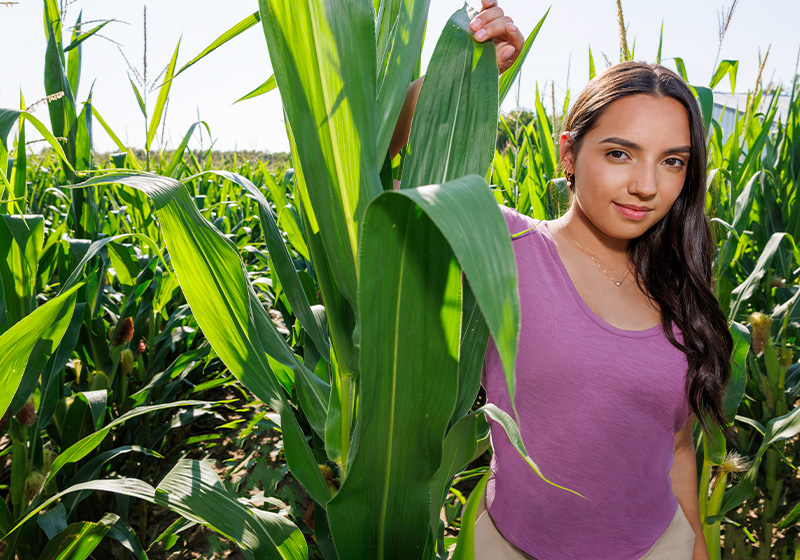SPONSORED CONTENT - The emergence of renewable materials for sustainable fashion
According to the World Economic Forum, the fashion industry and its supply chain are responsible for 10% of worldwide greenhouse gas (GHG) emissions annually. Elastane, an essential ingredient in a wide range of textiles and apparel, uses fossil-based fuels, including oil, coal and natural gas which are finite and require extraction and refinement.
Bio-derived materials, which are substances made from biological sources, such as plants, animals, or microbes, are increasingly being sourced to produce a wide range of products, including plastics, chemicals, fuels, and textiles. Since they are derived from renewable resources, bio-derived materials have the potential to be more sustainable and environmentally friendly, reducing reliance on non-renewable fossil fuels and helping to lower GHG emissions.
How The LYCRA Company is embracing renewable materials
The LYCRA Company is collaborating with Qore®, a joint venture between Cargill, experts in agricultural fermentation, and HELM, a German chemical company, to bring to market the world’s first large-scale commercial production of bio-derived LYCRA® fibre made with QIRA®. A key ingredient in LYCRA® fibre is BDO (1,4-butanediol), which is produced from fossil-based resources. QIRA® is the brand name for a next-generation BDO from Qore® that is made from dent corn, an annually renewable resource.
By using dent corn as the feedstock, The LYCRA Company will soon replace a finite resource traditionally used to make LYCRA® fibre, reducing its greenhouse gas emissions while still providing the same excellent stretch and shape retention consumers have come to expect from its iconic LYCRA® fibre.
Soon nearly 70 percent of the LYCRA® fibre content will be derived from annually renewable feedstock, thus potentially reducing the carbon footprint of LYCRA® fibre by up to 44 percent, per data from a screening life cycle assessment (LCA).*
“Our collaboration with Qore® to produce bio-derived LYCRA fibre is a key part of our de-carbonization strategy,” said Nicolas Banyols, chief commercial officer of The LYCRA Company. “We are excited about the opportunity to reduce our impact at scale as well as those of our customers who, now more than ever, are focused on sourcing more sustainable materials for their collections.”
When will this new sustainable offering be available?
This renewable offering will be commercially available in the first half of 2025 with test product available now. To learn more, visit lycra.com/qira.
*Estimate from Cradle-to-Gate Screening LCA for a representative LYCRA® fibre manufacturing facility, June 2022, prepared by Ramboll Americas Engineering Solutions, Inc.











































